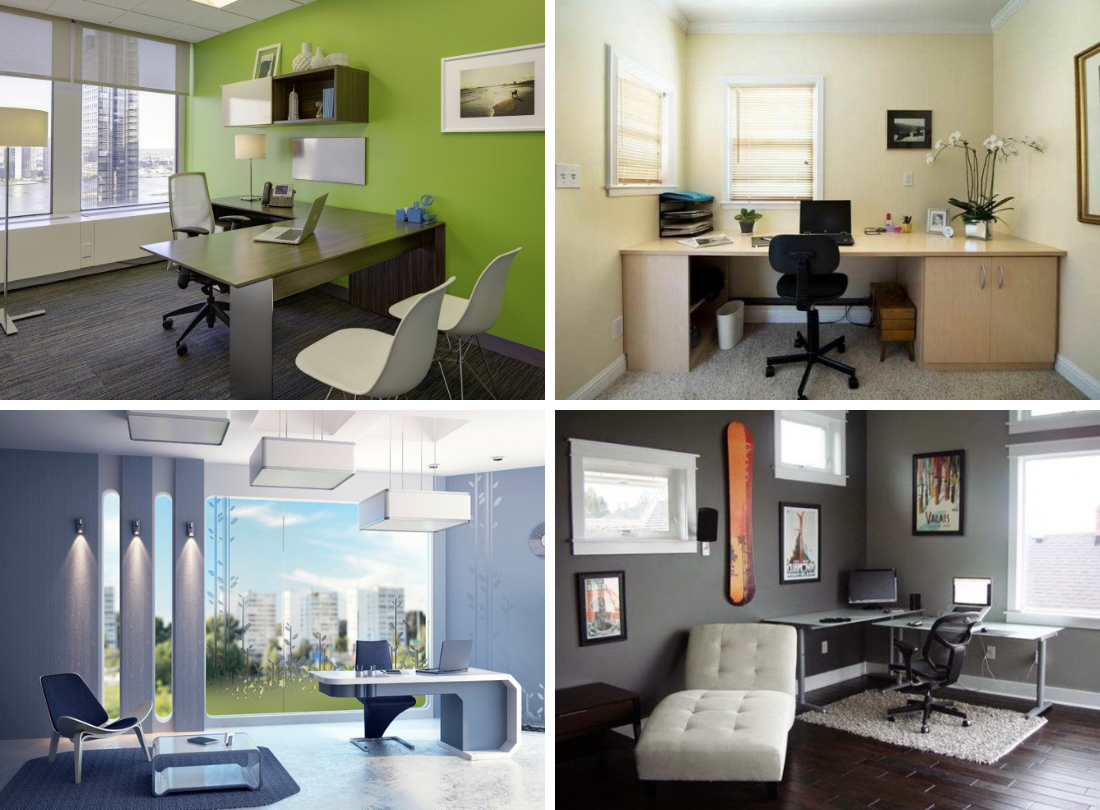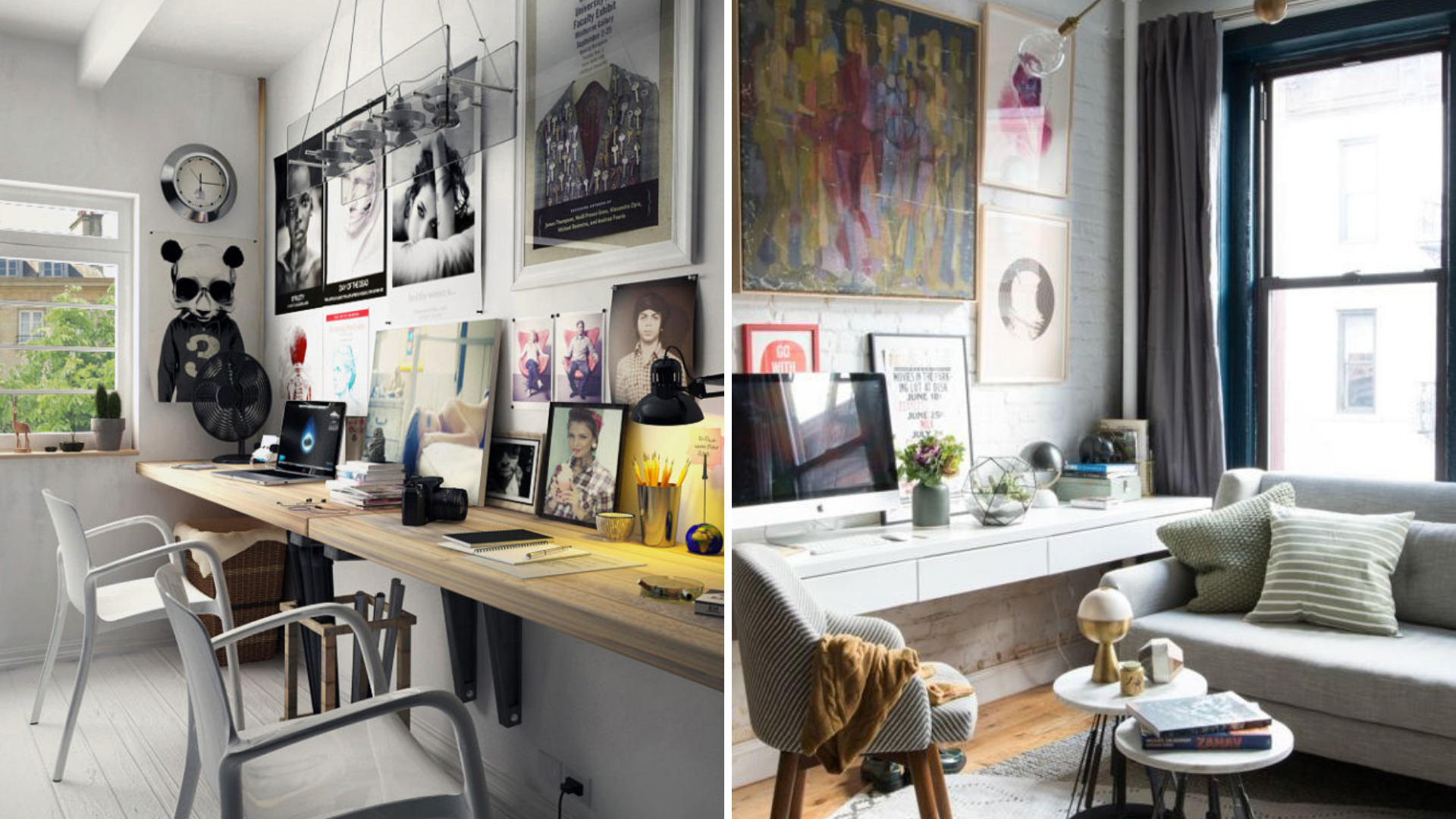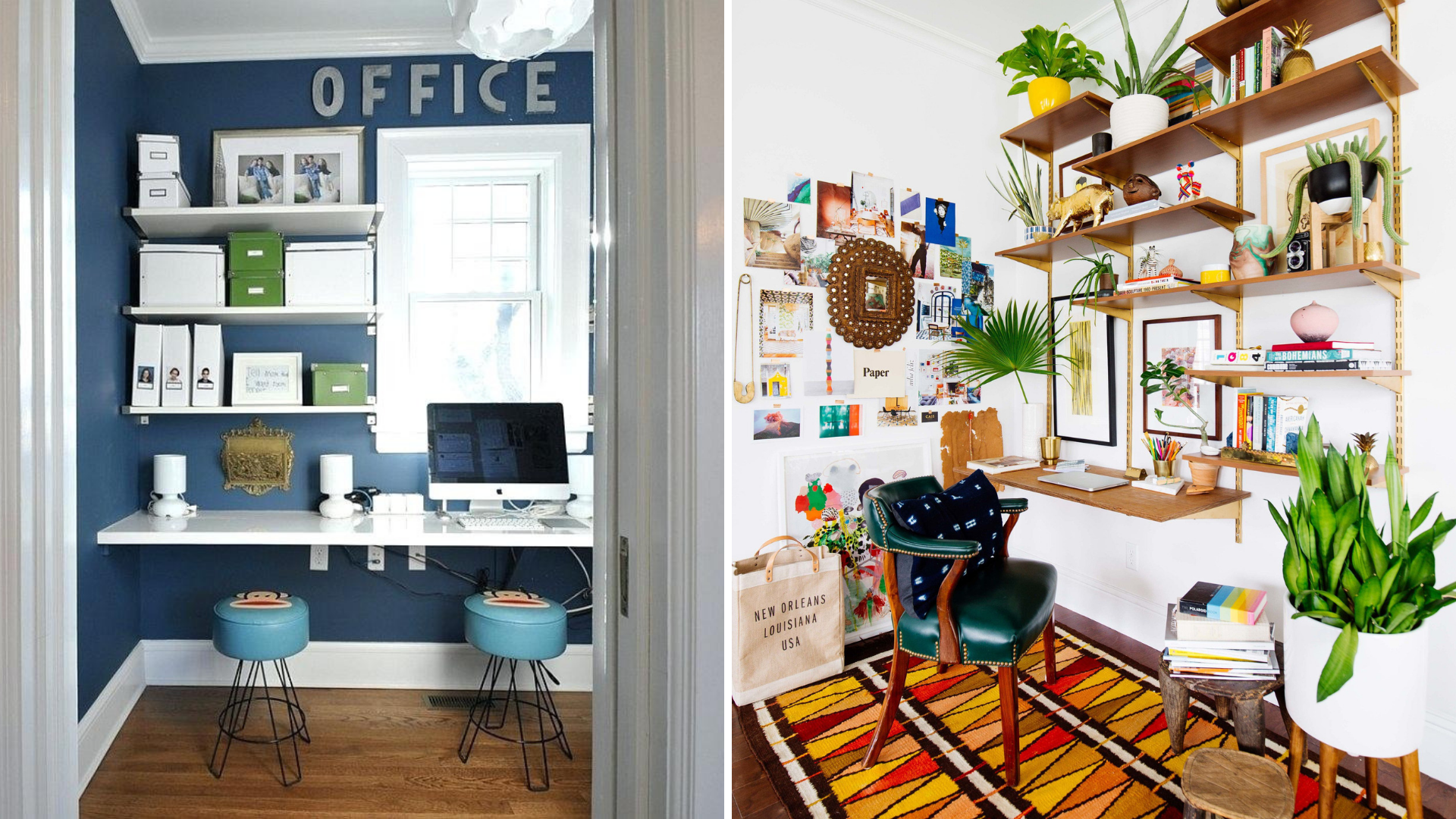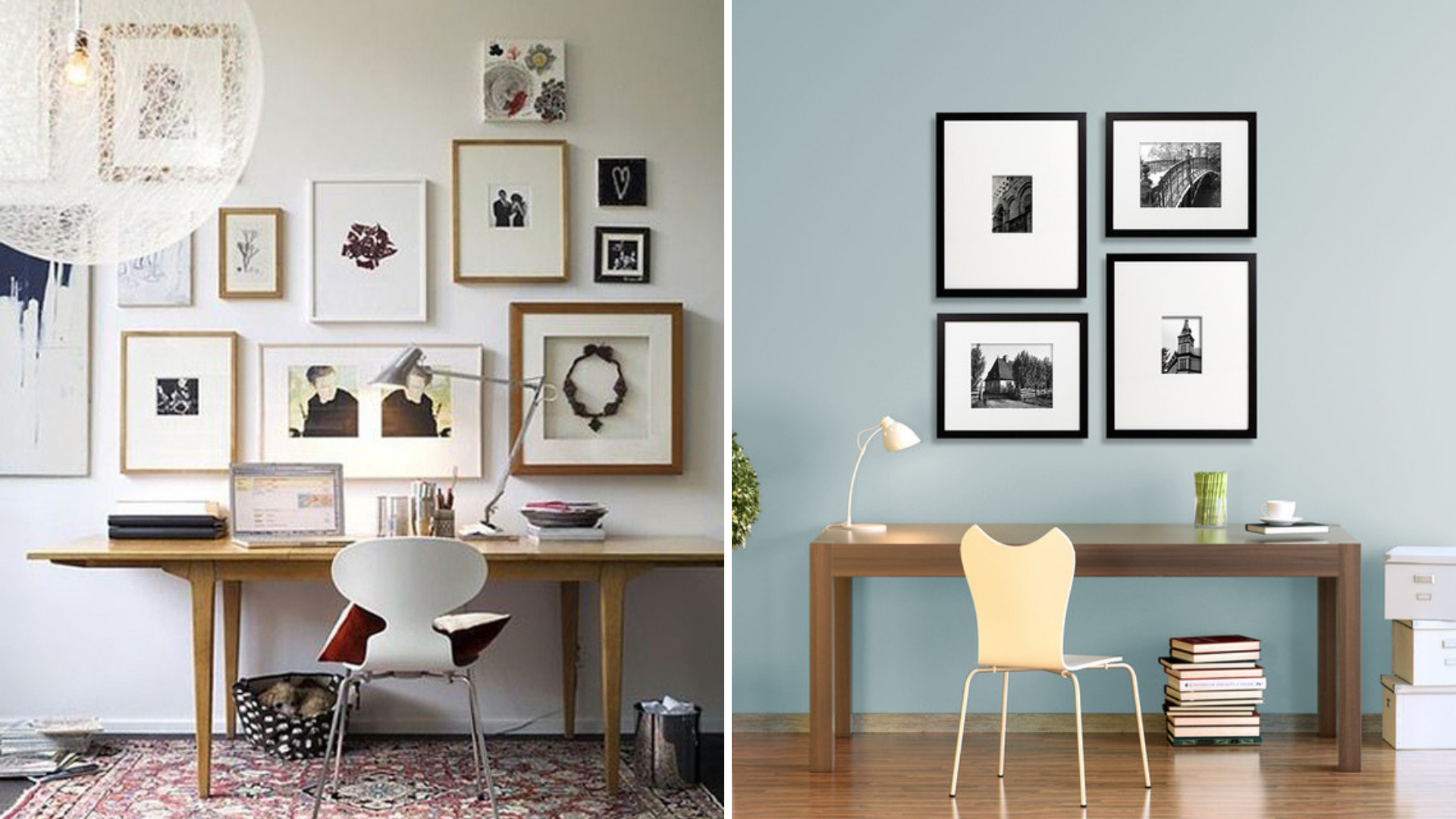Throughout the centuries, artwork has been proven to benefit people in emotional and psychological ways. Not only does it add a touch of personality to your home office, but the visual imagery can also serve to spark inspiration, creativity, insight, and even influence technical mastery and attitude.
What does that mean for you and your workspace environment?
Whether you spend your days sitting down to the stereotypical desktop job or work in a creative environment, the aesthetics of your workspace has an effect on both your mood and your motivation.
This is especially good if you work from home and you have more flexibility and leeway to incorporate as much art as possible that inspires you. But still, that doesn’t mean you shouldn’t incorporate your own favorite art style to your home office.
#1 Decide on a color palette

Scientific research proves that color has an effect on people’s behavior right along with inspiration. Colorful decor is a good way of incorporating hues. You can also try adding accent walls and objects.
The color schemes you choose for your workspace should reflect complement the type of work that you do. Choose colors based on the psychology behind them for maximum benefits, in other words.
However, it’s not just the colors that make an impact — intensity also holds a degree of power as well. Just keep in mind that colors of high intensity will stimulate, and low-intensity colors are intended to soothe.
- Gray: A neutral that represents, well, neutrality. It’s good for your workspace if you want it to look sleek and modern.
- Blue: The intellectual color that represents communication, logic, efficiency, and trust. It’s the go-to color for office areas that require extreme focus and has mental strain.
- Green: Represents balance. It’s an advocate color of restoration, nature, and harmony. It’s a good color palette choice if your job requires you to stay in one place for long hours. Plus, it’s relaxing because it’s the easiest color on the eyes (requires minimal adjustment).
- Yellow: Yellow is an emotional color, and is often present in workspaces that call for loads of creativity, optimism, confidence, and friendly camaraderie.
#2 Choose a theme

Think about how you want your workspace to feel. Are you after a calming environment that’s all about mental improvement and better concentration, or an office workspace that is a room for propagating creativity and productivity?
Your chosen color palette will contribute to the theme you want to cultivate, and so will your choice of wall art and objects around the room. Those that take the time to personalize their workspace are 17% more productive compared to others who don’t.
After settling on a theme for the office, choose the art that will complement your themes the best. Also, keep in mind that wall decor and everything else should harmonize with your chosen color palette.
#3 Consider shelving for the walls

Shelves are great furniture pieces for highlighting unique objects or trinkets that you have around the workspace. You can have floating shelves or a bookcase. Having vertical storage is great if you’re tight in space.
With regard to pieces you can stock your shelves with, think of adding personal mementos, right down to special collectibles. And to keep things visually entertaining and appealing, group different pieces of shapes and sizes together for variation in layers and to drum up interest.
#4 Build a mini-gallery wall

You can start from scratch by purchasing a couple of canvas arts, or if you have your own wall decor in various sizes, then you can have yourself a gallery wall.
Having a collection of wall art is an efficient way to take up otherwise largely empty wall space in the office. You can have it as a focal point, and in addition, stimulate your mood daily.
Things you should keep in mind in creating a wall art gallery include:
- Choosing a central theme for the wall art — a focal piece of art.
- Pick a layout (symmetrical, asymmetrical, grid, or vertical).
- Select a dominant hue and add splashes of color for interest.
When you have all the pieces for hanging, arrange them on the floor to see how they look first. As a general rule of thumb, place at least 1 and 1/4 inches of space between each frame to have breathing room and negative space.
Also take note of the furniture in the room, so you know where you can place the gallery wall most appropriately and to foster balance.
#5 Buying the right furniture for great accents

Always keep broader office interior and aesthetic in mind. So, think beyond just your office desk and the wall behind it.
If your office space is big enough, incorporate the use of other pieces of furniture. Perhaps you’re a business that deals with clients. You can have couches or armchairs that would complement the room’s overall theme and color palette. Plus, the furniture you choose can act as a focal point other than your desk.
Plus, adding furniture and art other than your work desk is good for your productivity. It encourages you to take frequent and much needed breaks. In fact, experts recommend working under the 50-10 rule. This means you work for fifty minutes, and then take a 10-minute break to interrupt the monotony.
#6 Think about the lighting

You’d be surprised at the wonders lighting can do. So don’t overlook the different lighting options when it comes to decorating your workspace.
Show off your office art in the best light. In addition, natural light can work wonders in your state of mind and when it comes to stimulating it.
For instance, if your office space has large windows, take full advantage. Consider drapes you can close and open. Plus, invest in indirect lighting sources, like desk lamps and chandeliers.
Improving Working Environment with Art
Art is a brilliant form of expression, not just for artists who create them, but for the people who display them and own them too.
No matter what you do or where you work — whether that’s at home or in a work office, there are certainly many advantages to be had just by having a touch of personal art around the workspace.
From sculptures to posters to personal photos and memorable collectibles. There are no limits to how creative you can get to ensure your workspace is a place you love and produce the best work day by day.

